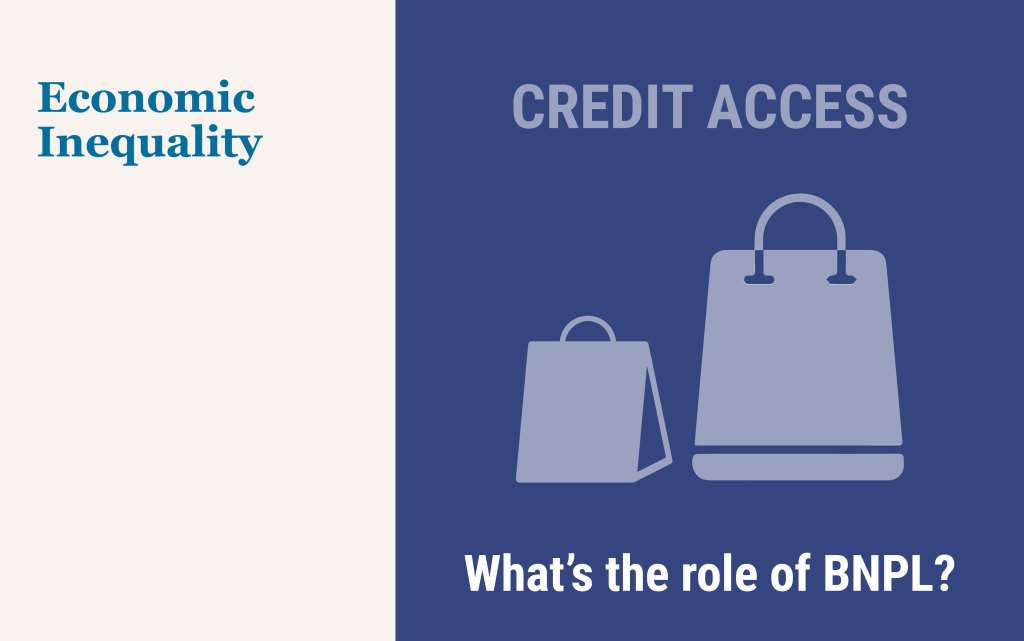
A previous post explored the potential implications for U.S. growth and inflation of a manufacturing-led boom in China. This post considers spillovers to the U.S. from a downside scenario, one in which China’s ongoing property sector slump takes another leg down and precipitates an economic hard landing and financial crisis.



















 RSS Feed
RSS Feed Follow Liberty Street Economics
Follow Liberty Street Economics